TOURING WASHINGTON, D.C. IN A DAY
Text and Photos by Henrylito D. Tacio
“This is a city where romance means wonks in love discussing policy late into the night.” That’s what The New York Times said of Washington, District of Columbia, the seat of American government and symbol of democracy all over the world.
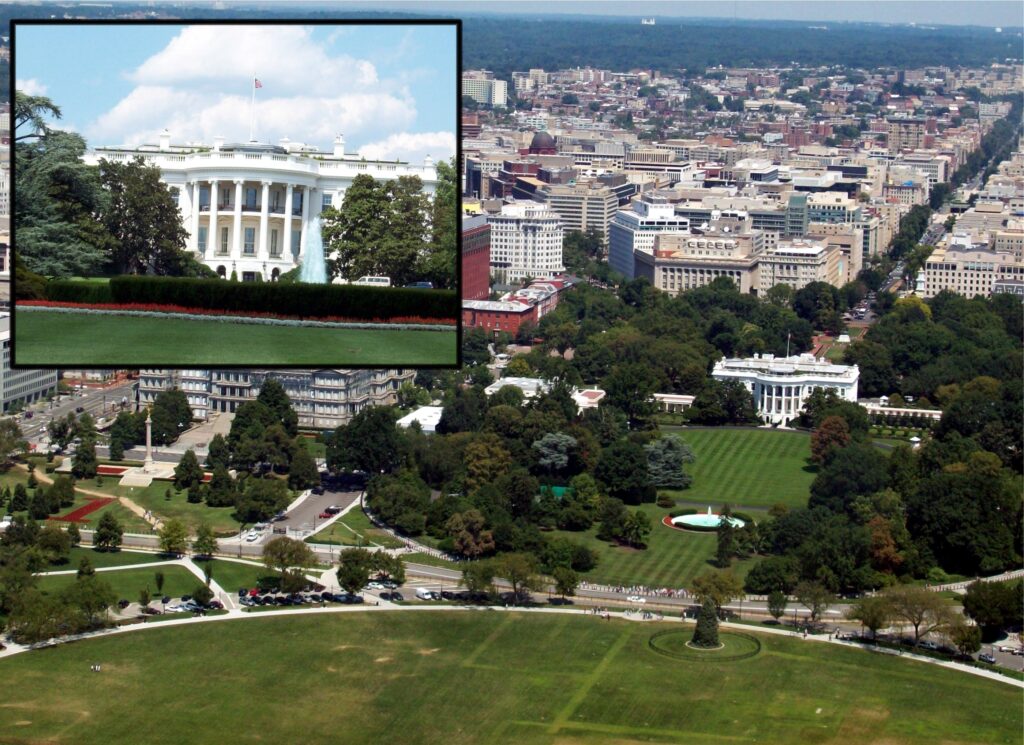
Visitors to one of America’s most celebrated cities are confronted with stirred icons and monuments at every turn. As one author puts it: “This sparkling self-styled city on the Potomac River is full of marble and light, with beautiful landscaping touches and centuries-old architecture… Its many unmissable sights provide unparalleled access to the workings of government, internationally famed museums with priceless exhibits, and the cultural and spiritual foundations of the city and the nation.”
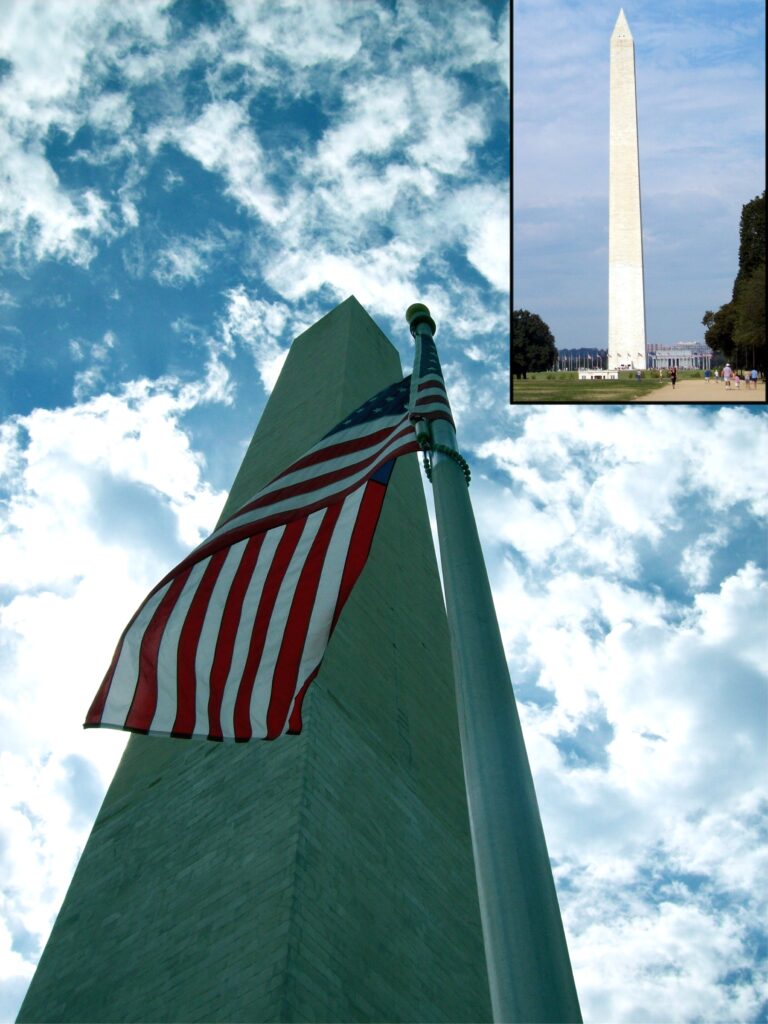
An American journalist penned these words: “Washington, D.C. is a powerful symbol not only of the United States, but also of democracy and freedom. The District of Columbia’s neighborhoods, people, history and culture truly embody the American experience – from Duke Ellington to John Phillip Sousa and from the Civil War to civil rights. Only in Washington, D.C. can visitors be inspired by touring the magnificent Capitol Building and Washington Monument by day and be moved by taking in magical performances by the National Symphony Orchestra and world-class opera by night.”

I happened to visit this historic place three times already. The first time was when I presented a paper on water and population for the Woodrow Wilson International Center for Scholars. I did not go around much since I was alone. The third time was when my friend, Atty. Nicolas Caraquel, brought me all the way from New York City.
I think the most memorable time was when I visited the place the second time. I had my sister Marilou and her husband, David Eplite as companions. At that time, the couple was living in the nearby Newark, Delaware (they have moved already to Florida).
In those three visits, America’s cosmopolitan capital never failed to amaze me. Each time, I was enthralled by its beauty and majesty. The only thing I didn’t like was walking. Well, you won’t experience its enchantment unless you walk. After all, D.C. is a city built for walking: sidewalks are wide, intersections have pedestrian walk signs, and drivers are courteous.
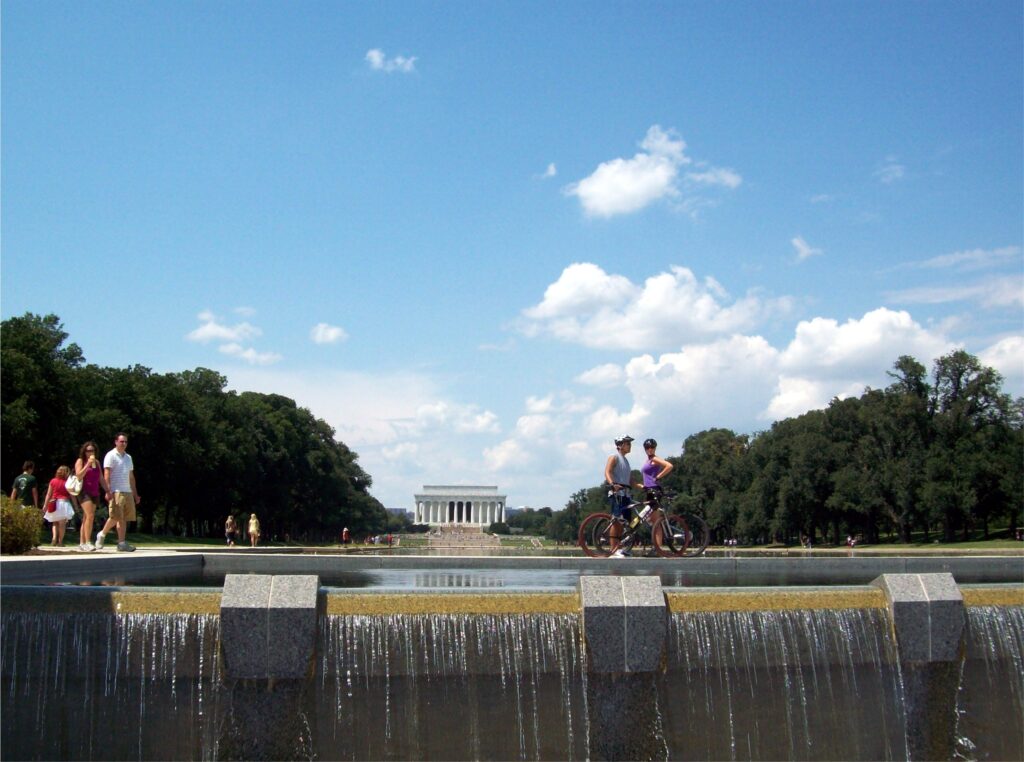
But scale can be misleading, so wear comfortable shoes. For instance, if you start at the Smithsonian metro station, walk to the Lincoln Memorial, to the Capitol, and back to the Metro stop, you will have covered eight kilometers.
Now, before roaming around the city, here are some facts you need to know. The District of Columbia – that’s where D.C. got its name – is divided into quadrants: Northwest, Southwest, Northeast and Southeast. The US Capitol building marks the center where the quadrants meet. Numbered streets run north and south.
Lettered streets run east and west (just remember: there are no J, X, Y, or Z streets), alphabetically becoming two-syllable names, then three-syllable names as you travel out farther from the center. Avenues named for US States run diagonally, often meeting at traffic circles and squares.
D.C.’s Metro has 522 escalators, more than any other transit system in the world. Washingtonians often become angry when the way is blocked – allow people to get past you by standing single-filed and to the right.
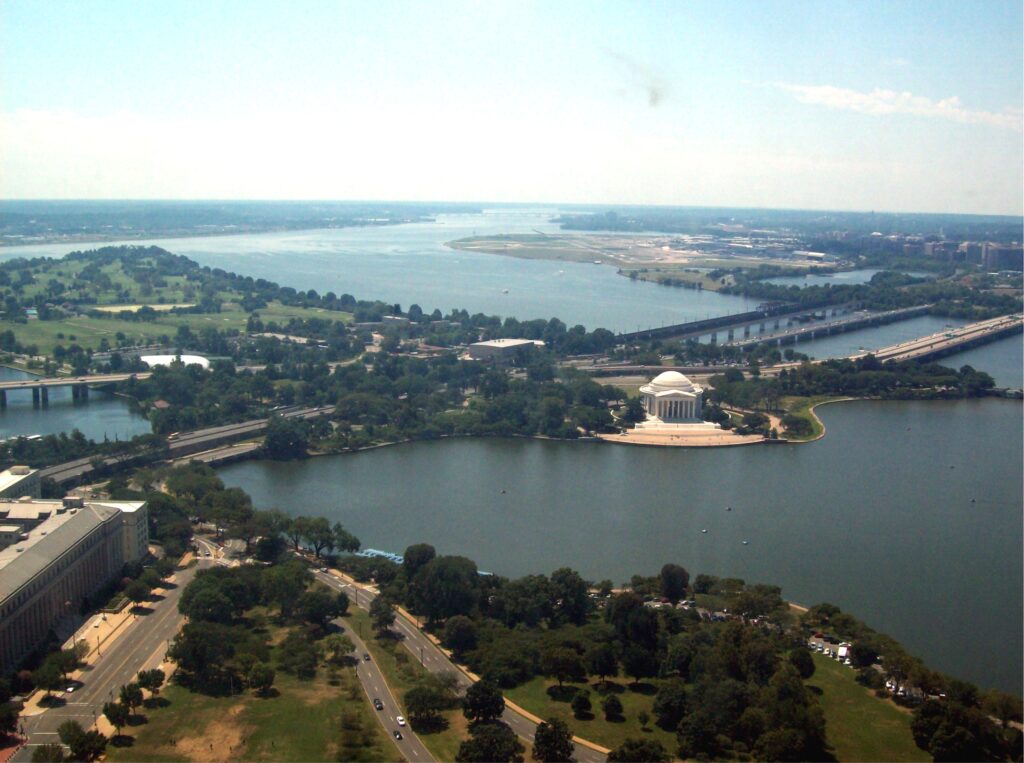
Washington taxi pricing is probably not what you’re used to. Within the city, fares are based on a map that splits the city into eight zones and a number of subzones. Zone prices are fixed, and the basic cost of your cab ride is determined by the zones in which you begin and end – but not the route in between.
“It is one of the easiest cities to navigate and a terrific city for touring, once you understand the basics,” a friend who used to live in Washington, D.C. told me before I left the Philippines. “With one of the safest, cleanest and most efficient public transportation systems in the United States serviced by Metrorail (subway) and Metrobus, its many attractions and neighborhoods are easily accessible.”
And now for the walk tour…
Our first stop-over was the Smithsonian Institution building, more popularly known as The Castle. It is a Medieval Revival-style building designed by James Renwick Jr. and completed in 1855. The building was named after English scientist James Smithsonian, who devoted his life to research in chemistry, mineralogy, and geology. Although he never visited the US, he bequeathed his estate of US$508,318 (about US$12 million in today’s currency), to establish Washington, D.C., an institution for the “increase and diffusion of knowledge.”
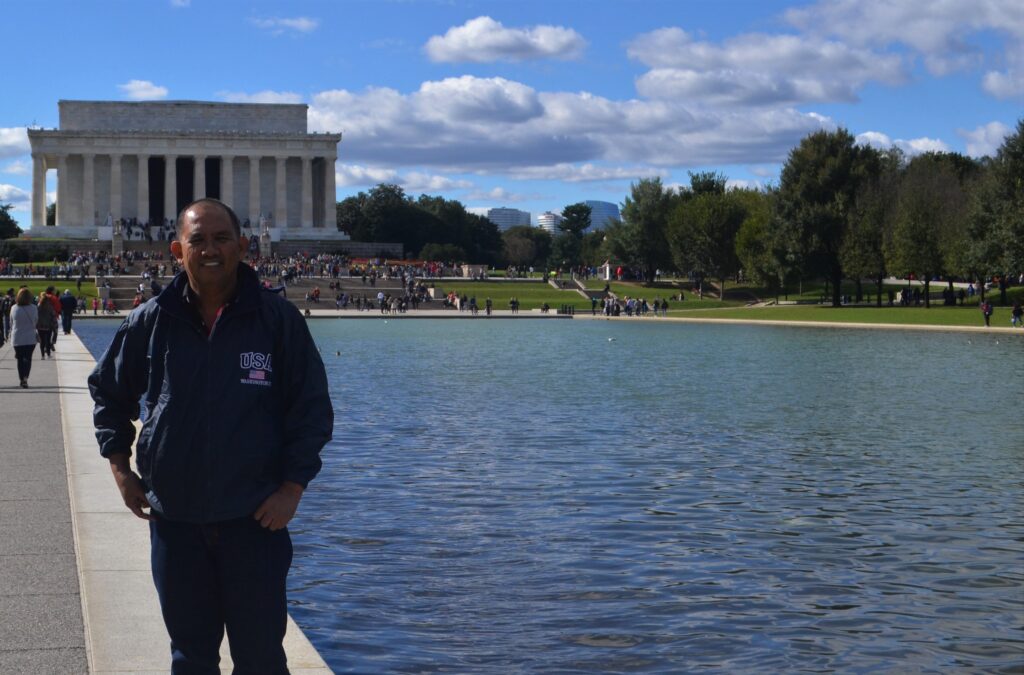
Then, the three of us went to the National Museum of Natural History, which was just adjacent to the Castle. Here, you can explore the world’s natural and cultural wonders beneath the dome of the 1910 Beaux Arts building. The museum’s 18 exhibition halls contain tens of thousands of artifacts and specimens that together tell the story of the earth and its evolution into the planet of today.
Entering the museum, you’ll encounter a huge stuffed African elephant in the rotunda. Turn right for the fossils halls with dinosaurs, large and small, skeletons, and life-like models. In the second floor, don’t miss the coldly brilliant jewels in the Hall of Gems, with the Hope Diamond, biggest blue diamond known to man and supposed bringer of bad luck to its owners.
Since it was almost twelve o’clock when we finished viewing the museum, we walked for more than a kilometer to be near the majestic while marble Washington Monument. Unimaginable that anything else could stand in the place of this 555-foot (169 meters) obelisk. To go up, you have ride an elevator. The first elevator, steam driven, took 12 minutes to reach the top, the present one only 70 seconds. Despite the small windows, the view from the top is superb. You can see the Capitol, the White House, the Lincoln Memorial, and even the Central Intelligence Agency.
Heading west of the Washington Monument, we walked the three-lined path by a 2,000-foot long reflecting pool to the classical Lincoln Memorial. It is said that the 19-foot seated white marble statue of the American president took Daniel Chester French 13 years to finish. The statue faces the spot where Martin Luther King, Jr. made his “I have a dream” address to a multitude of Civil Rights marchers demanding the fulfillment of Abraham Lincoln’s ideals.
Going north-east, we went to the Vietnam Veterans Memorial. Doubtful at first, Americans have now taken it to their hearts and visit it in their millions. The V-shaped wall of polished black granite, like a cut in the earth, bears the names of the more than 58,000 who died or remaining missing. Against each perfectly etched name (inscribed in order of their death or disappearance), a small cross indicates one of the missing, a diamond someone whose death was confirmed.
On our way back, we went to see the most elegant and familiar of all the world’s political residences, the White House. George Washington personally supervised the design and construction of the building although he never lived there. John and Abigail Adams became its first residents in 1800.
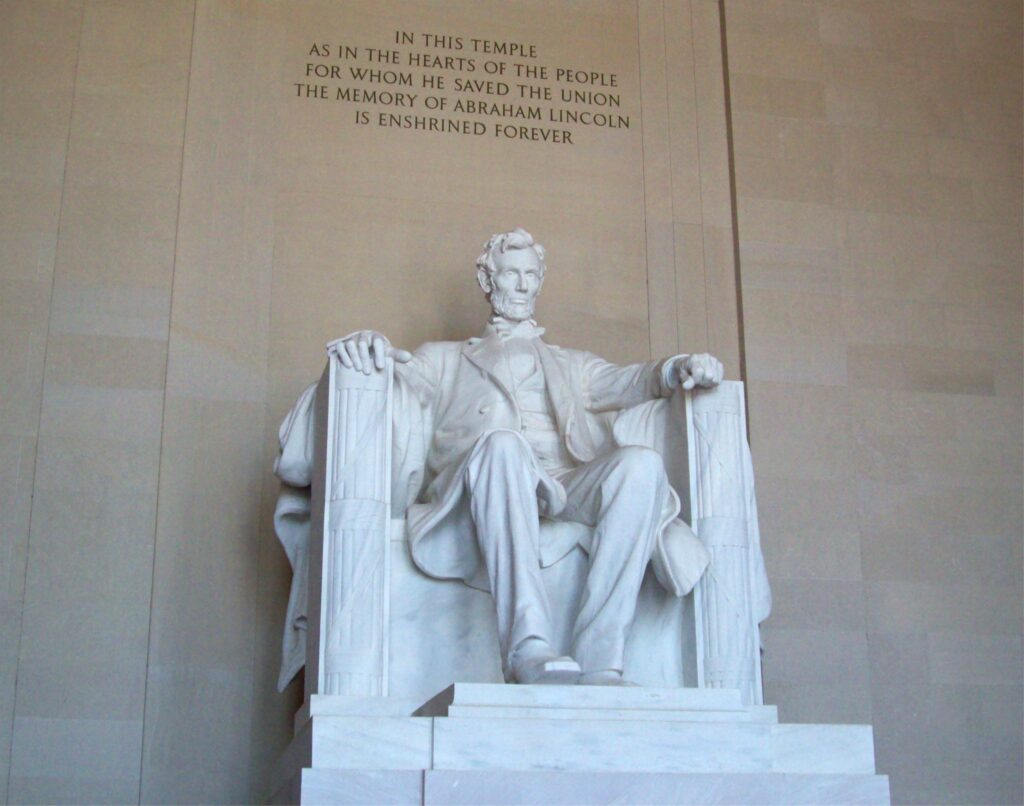
Since we didn’t have enough time, we did not visit the other must-see museums like the National Museum of American History (three huge floors filled with a variety of fascinating objects all related to American culture), the National Gallery of Art (the collections at this immense gallery rival those of any art museum in the world), the National Museum of the American Indian (this opened in 2004 and receives more than 250,000 visitors a year), and the Hirshhorn Museum and Sculpture Garden (home to US’s premier collection of international modern and contemporary works of art), among others.
Instead we proceeded to the National Air and Space Museum, touted to be the most-visited museum in the world. The fascinating museum’s 23 main exhibition galleries pay homage to some of the most ingenious and beautifully crafted objects of flight.
Many of the most famous air and space vehicles in history are found just steps inside the doors of the museum. Look up to see Charles Lindbergh’s Spirit of St. Louis, which he piloted for the first solo nonstop transatlantic flight; the Bell X-1 Glamorous Glennis, the first aircraft to exceed the speed of sound; the North American X-15, the fastest aircraft ever flown; the very first Wright brother’s airplane; and the Apollo 11 lunar module.
The rockets and missiles in the museum’s “Space Race” gallery, located on the main floor, combine to tell the history of the rivalry between the United States and the Soviet Union, beginning with the race to land a man on the moon.
Winding up our unguided tour was the majestic Capitol, which Pierre L’Enfant – the Frenchman who laid plans for the city — described as “a pedestal waiting for a monument.” Its design combines ancient tradition and New Word innovation, perfectly invoking the spirit of US democracy. Crowning the dome stands Thomas Crawford’s Statue of Freedom and, according to police guards, the figure is the most common subject of visitors’ questions: “Why does it face to the east away from the nation?”
Other must-see while in Washington, D.C. include: Kennedy Center (home to the spectacular National Symphony Orchestra, the Washington Opera, and the Washington Ballet), Arlington National Cemetery (visit the Tomb of the Unknowns, as well as the gravesites of such celebrities as the Kennedys), and the Embassy Row (it’s fun to traipse down this grand avenue, lined with embassies and diplomatic mansions, and pick out and identify foreign countries by the flags fluttering overhead).
Now, some tips while touring the city: Tour at “off-peak” hours. Be sure and check on special early hours or late hours at select museums (often seasonal). Washington, D.C.’s beautiful memorials and monuments are open 24 hours – visit them at dawn or at night when they are lighted for a truly inspiring experience.
By the way, tipping is voluntary in Washington, D.C.; gratuities are not automatically added to the bill. Here are a few tipping guidelines: Servers are usually given 15% of the bill. For outstanding service, tip 20%. Taxi drivers usually receive 15% of the fare, and doormen, skycaps and porters are usually tipped $1 per bag.
How to get there? If you’re already in the United States, you can visit the city by train, by car, or by bus. You can also get there by air; three airports serve the city – Reagan Washington National, Dulles International and Baltimore/Washington International.

